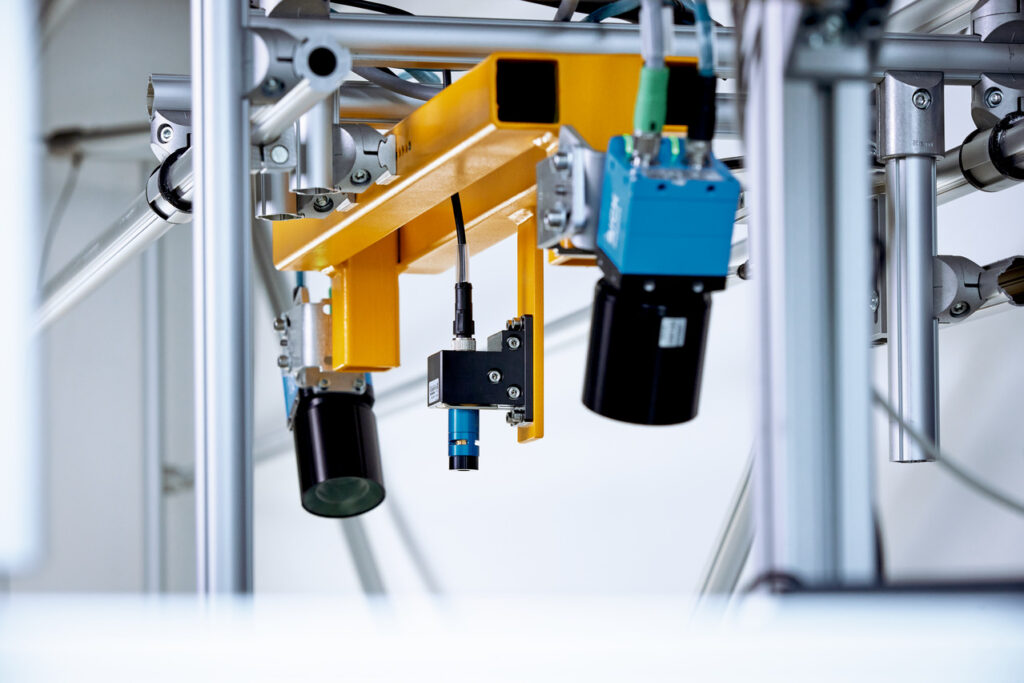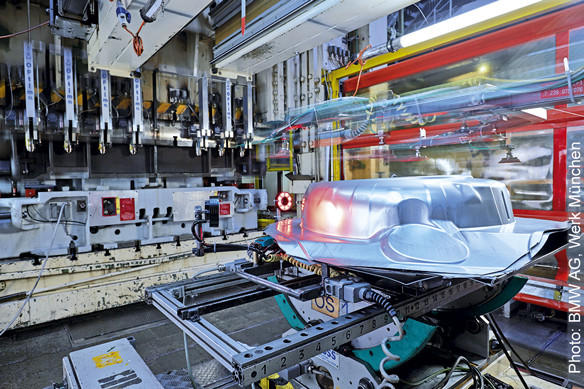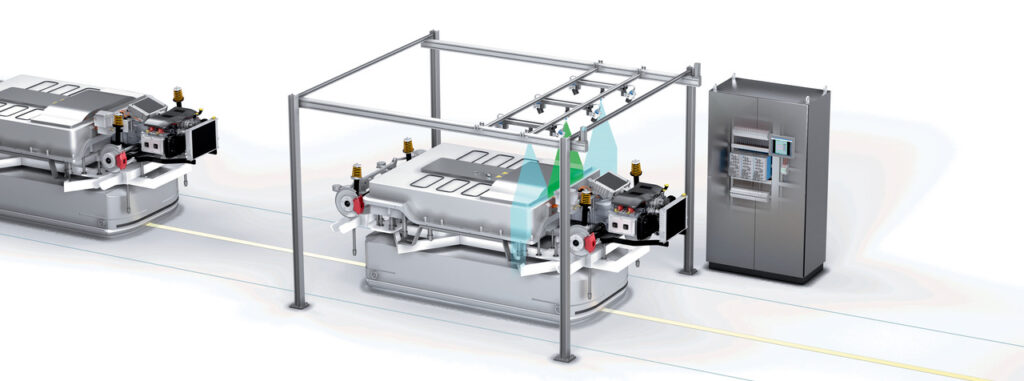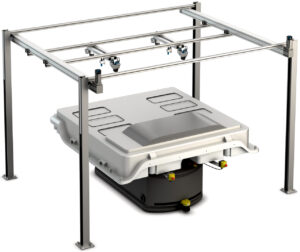Introducing SICK's next in-focus vision system – Foreign Object Detection

What is FOS?
FOS stands for foreign object detection system. In simple terms, foreign object detection means finding any object that does not belong in a given environment, as it could potentially lead to personnel injury or component damage if not removed.
Industrial automation is not the only industry to make use of FOS; in fact, many industries employ FOS to ensure safety, quality control, and operational efficiency! For example, aviation uses foreign object detection systems on runways and taxiways to identify debris that could pose a danger to aircraft during takeoff and landing, helping prevent damage to aircraft engines and tires. FOS also plays a crucial role in the food industry to identify contaminants like metal fragments, glass shards, or plastic pieces in food products. No consumer wants to bite into a piece of glass come snack time—just like how no driver wants their EV car to explode. Which brings us to our next application example…

FOS in EV automotive assembly
In the process of electric vehicle (EV) assembly, particularly during the meticulous construction of high-voltage batteries or storage units (HVS), precision and caution is imperative. Undetected foreign objects, ranging from tools to nuts and bolts, can have detrimental consequences on the integrity of the HVS. These objects, innocuous as they may seem, have the potential to compromise the battery's surface, ultimately leading to the dire risks of short circuits and fires in both electric vehicles and high-stakes production lines. The resulting aftermath could include substantial property damage and, more gravely, personal injury.
This looming threat, however, is effectively mitigated through a foreign object detection system. This cutting-edge system stands as a formidable defense against the presence of foreign entities, a critical element in safeguarding the seamless function and structural integrity of EVs.
The core purpose of the FOS is to undertake precise and non-contact surface inspections, along with foreign object detection in high-voltage batteries. The overarching objective is clear: to curtail the risks associated with potential damage to personnel, manufacturing facilities, and essential automotive components.
How SICK’s FOS operates
Central to the FOS is an inspection cell adorned with one or more independent inspection heads. In our system, we’re using calibrated Ranger3 assemblies. This ensemble is complemented by a user-friendly human-machine interface (HMI), a light-restricted housing to minimize ambient light interference, and a sophisticated stage system responsible for camera movement. This setup includes essential trigger and encoder signals that orchestrate the precise acquisition of images.
When the acquisition process is initiated, each system head embarks on an individualized, digital 3D scan of the HVS surface. This scan serves as a foundational step, setting the stage for the evaluation algorithms to come into play. These advanced algorithms are designed to discern foreign objects, effectively identifying their presence. Once this recognition process is successfully completed, it triggers a designated output signal, thereby alerting the system that corrective action is needed.
The importance of FOS
The foreign object detection system is a guardian of safety and quality in EV battery assembly. By employing advanced technologies and algorithms, this system acts as a sentinel, tirelessly watching over the integrity of high-voltage batteries and the security of production lines. Its impact reverberates beyond the assembly floor, contributing to the assurance of vehicle functionality and, most importantly, the safety of all stakeholders involved.
Want to learn more about SICK’s Foreign Object Detection System? Download our flier.







